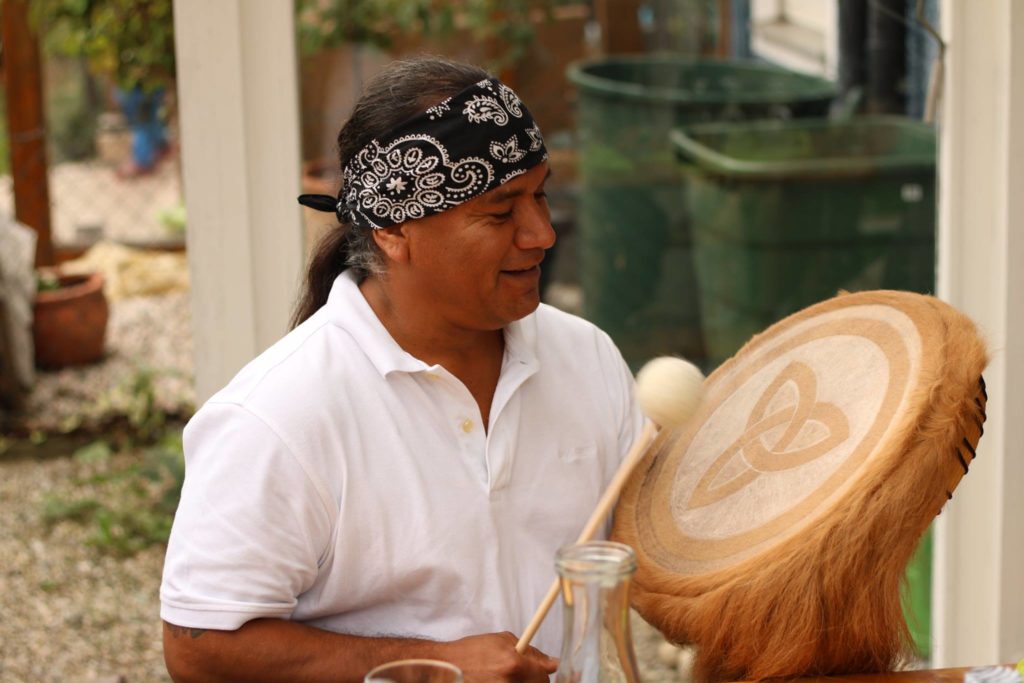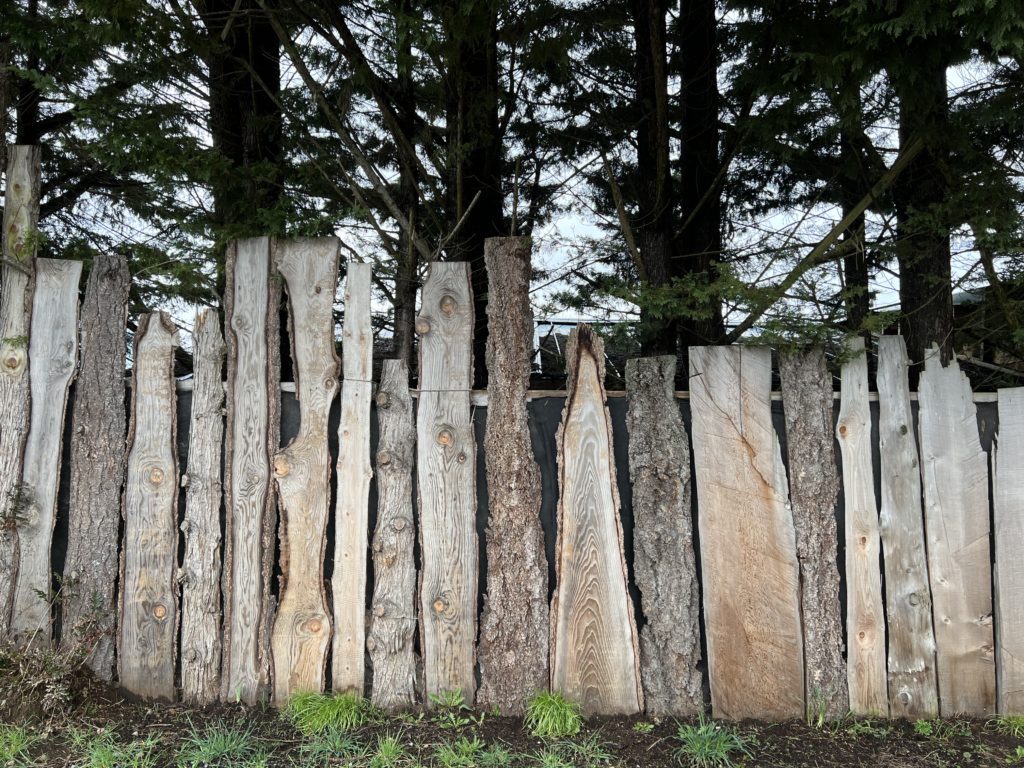The tent-like dome shaped from willow boughs and covered with blankets and tarps on the Cowichan reservation on Vancouver Island does not look much like a place of healing. But a place of healing is what it is.
Arriving at the reservation one Friday morning, my husband, Kilian, and I feel so conspicuous in our white Tesla that we hide it behind an abandoned trailer before introducing ourselves to revered Cowichan-Lakota healer Hwiemtun. We were invited to join a healing retreat of old-growth activists recovering from the trauma of confrontations with police at the Fairy Creek blockade. Little did we realize what a moving and transformative experience lay in store over the next three hours.
Once a custom practised mainly by the Lakota Indigenous tribes, sweat lodges are growing in popularity in British Columbia, cropping up on many rural properties and Indigenous lands as group gatherings and tourists promise to return now that the coronavirus pandemic is receding. Sweat lodges generate intense heat by pouring water on heated rocks to encourage sweating out negative energy. The accompanying prayer and healing ceremony are a purification and balance of the body, mind, spirit, and emotions, Hwiemtun explains.
Hwiemtun inherited his role as a sweat lodge keeper from his Lakota uncle Melvin more than 40 years ago. In the lodge, remade with fresh boughs every spring, participants sit shoulder to shoulder around a shallow pit filled with lava stones. Freshly heated stones are brought in every 20 minutes by Marcus, an elderly fire keeper. Marcus, originally from what is now Silicon Valley in California, says he searched for 70 years before “finding his family with the Cowichan people.”
As a young man, Hwiemtun struggled with drugs and alcohol from the effects of colonialism, he says, and did not feel worthy of inheriting Uncle Melvin’s ceremonial role. But he says Melvin showed unconditional love and helped him learn to love himself. The ban on alcohol consumption in the four days leading up to a sweat lodge also helped, Hwiemtun chuckles. “I started helping Uncle three days a week, which didn’t leave days free for drinking.”
I am given a loose-fitting skirt and told to join the women on their side of the lodge while Kilian sits in baggy shorts on the other side with the men. Women are not allowed to sit cross-legged in the lodge, and I struggle to kneel comfortably on the wet pebbly floor. Cedar, sage and tobacco are fed to the stones that sparkle like constellations of fireflies in the pitch dark. When the flap door is closed, the heat is uncomfortable, but it’s the smoke I find the most difficult to bear.
Hwiemtun speaks, drums, plays a windpipe and sings. Details of the proceedings in a sweat lodge are confidential, so I am unable to recount the emotion and learning that we shared. Hwiemtun’s words are rhythmic and soothing, and the protectors of the old-growth forests surrounding us embrace Kilian and me like old friends.
As Hwiemtun chants, I start to feel claustrophobic. I find myself recalling the stories of fatalities at an Arizona sweat lodge in 2009. I whisper to my neighbour that I need to get closer to the door, but he tells me that this is an opportunity to overcome my weaknesses. No one had warned me that I should put my head low to the ground and cover it with a towel to keep away the smoke.
Unable to relax and wait for the prayer to end, I bolt, crawling in the dark over the sweaty knees of the men. Later, I learn that I should have exited clockwise to preserve the path of energy.
I relish the fresh air outside and sit sheepishly alongside four women who are “on their moon-cycle” and therefore not permitted to join the ceremony. Sierra tells me that “the ceremony must be too powerful” for me and that I “must not be ready to heal.”
The ceremony was indeed too powerful for me. And perhaps I do not need to heal at this moment in my life. For the local activists who have shared their experiences of racism, violence and sexual assault with me outside the lodge, this ceremony is an important step to gather strength for their movement.
Emerging from the lodge flushed and dripping with sweat 90 minutes later, Kilian and the group of Indigenous and white activists are exuberant. The ceremony felt spiritual to Kilian despite his Jesuit Catholic upbringing. “I was able to transcend my racing thoughts and focus on my sense of being,” he says.
Some of the activists embrace and say they feel much closer to each other after the experience. Glenn, who says he was exhausted by his work as logistics manager for the Fairy Creek anti-logging protests, says he feels totally refreshed.
Mother Earth and the Creator are calling out to many now, says Hwiemtun. His ancestors’ tradition of speaking with plants and trees is now better understood by white settlers as helping humanity respect nature, he says.
Hwiemtun adds that he believes sacred ceremonies like the sweat lodge should not be reserved for Indigenous groups. “We welcome people from all cultures to share our ceremony.”
Photos courtesy of Hwiemtun. Top photo: door to Hwietum’s house..




The comments section is closed.
I am looking for a sweat lodge somewhere on Van. Island. I am a proud Metis.